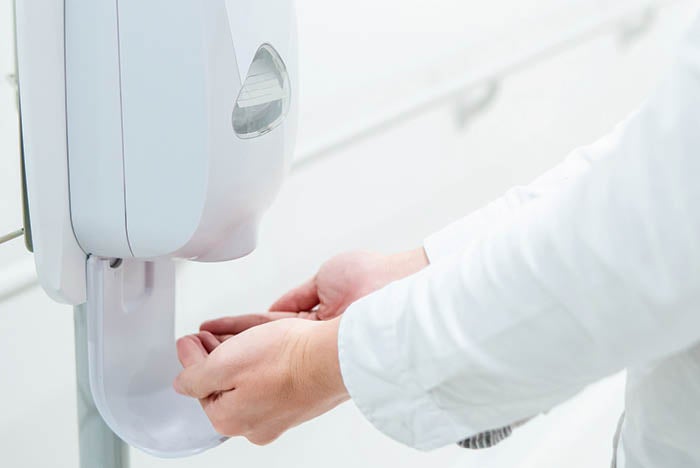Should air sampling be routine?
Although the environment serves as a reservoir for a variety of microorganisms in disease transmission, it is rarely implicated in disease transmission except in immunocompromised patients.
Does this warrant the need for routine air sampling in the immunocompromised units? Should the infection control practitioner partner with an industrial hygienist to routinely seek out spores of Aspergillus as a good proactive measure?
The Centers for Disease Control and Prevention (CDC) does not recommend conducting randomized undirected microbial sampling. Sampling should be part of an epidemiologic investigation, or to verify that a hazard has been removed or abated. Quality control air sampling can be problematic.
When it comes to air sampling for microbial contamination, there are no industry standards for acceptable levels. Although airborne spores of Aspergillus can pose a risk for neutropenic patients, the critical number (i.e., action level) of these spores above which outbreaks of aspergillosis would be expected to occur has not been defined.
The CDC further states that health care professionals considering the use of air sampling should keep in mind that the results represent indoor air quality at singular points in time, and these may be affected by a variety of factors, including foot traffic, time of year, humidity and the integrity of the air-handling unit.
Is it safe to be exposed to 100, 10 or one colony-forming units? What if these levels were found in a transplant unit? Developing a sampling plan and knowing how to interpret and respond to the results of environmental air sampling is critical to any air-quality investigation.
With the lack of uniform standards, industrial hygienists are left with conducting comparative analysis. Sampling in a unit or area that has not been impacted or affected by a water intrusion, or is served by a separate air-handling unit, can establish comparative data that make the results more meaningful.





